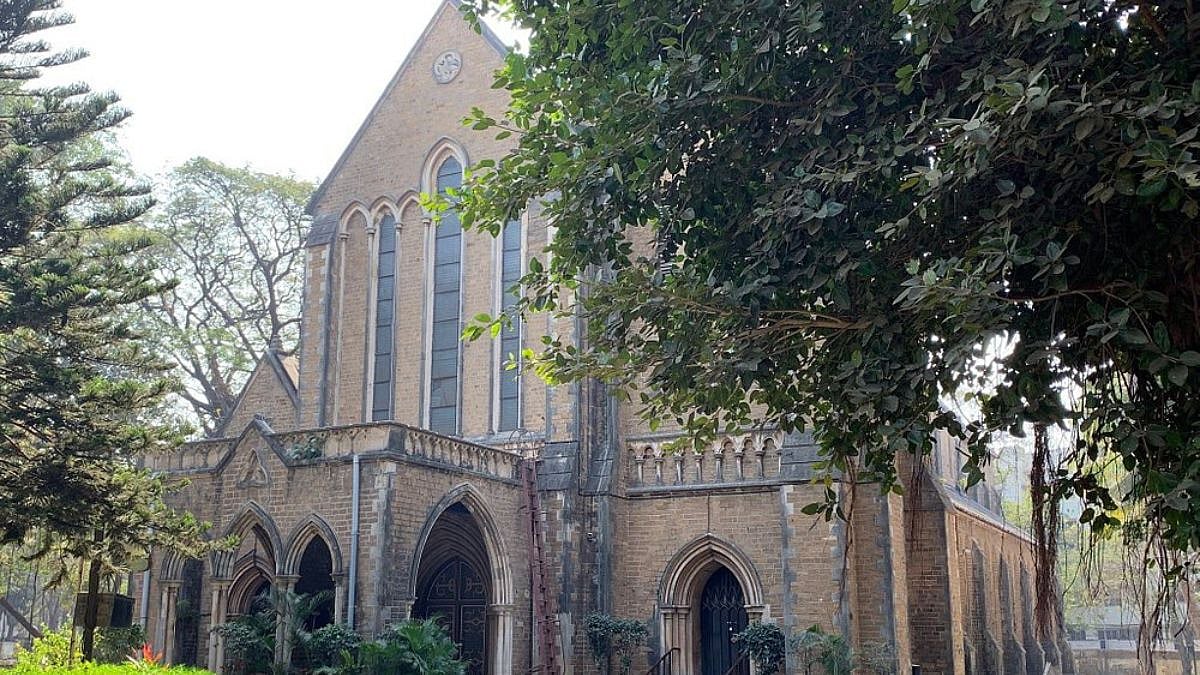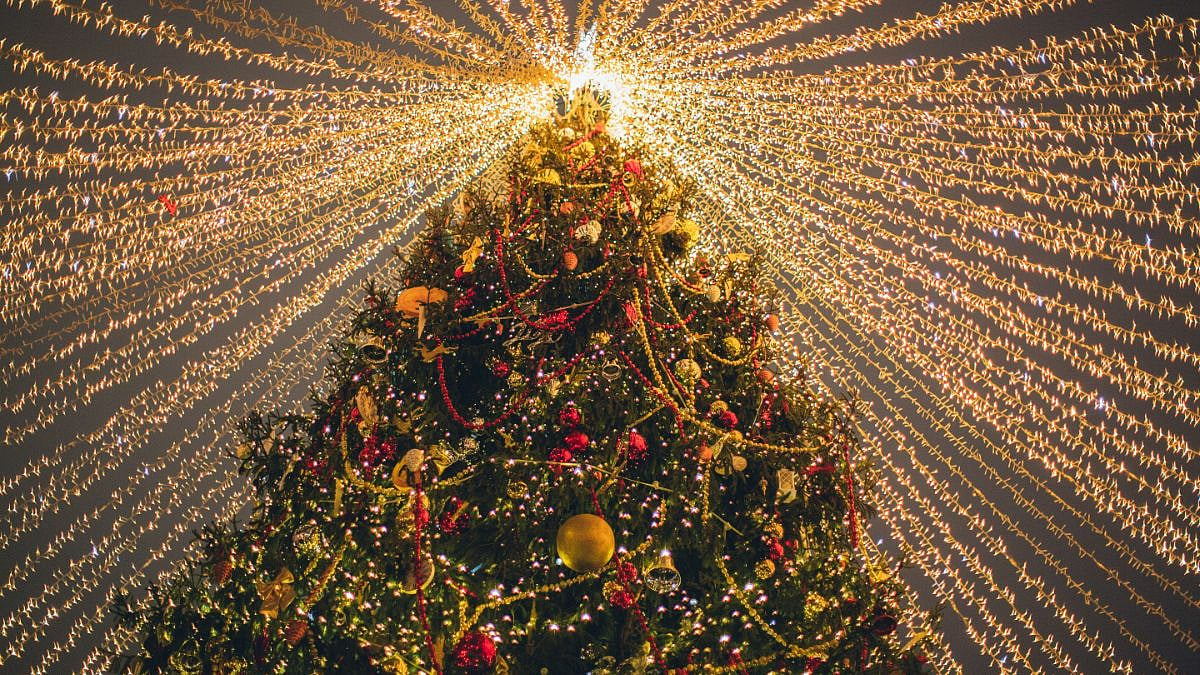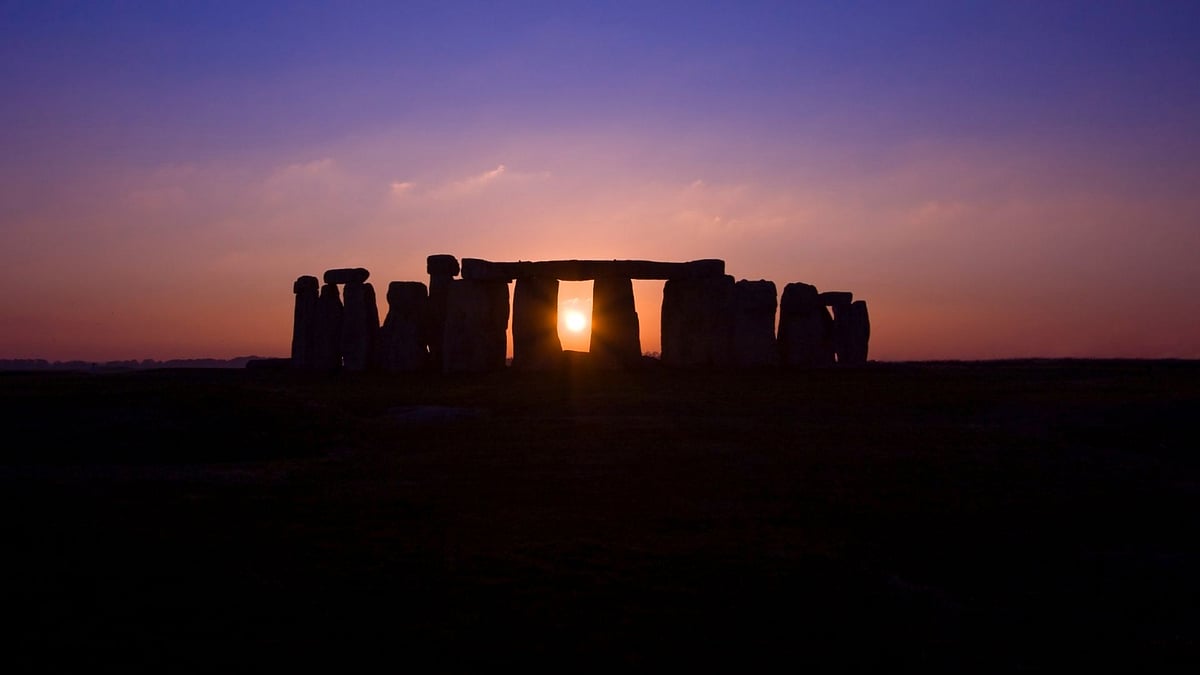Most of us are familiar with the Varaha Avatar of Lord Vishnu, where he incarnated as a boar to rescue Mother Earth from the clutches of the evil demon Hiranakshya. But that’s usually where our knowledge about this ancient avatar trails off. Worship of this avatar was very popular in Bharatvarsha until the 12th Century, after which it is believed that the Islamic invasions had a bearing on its decline. The Chalukyas c. 543 CE seem to be the earliest adopters of the Varaha crest in their currency, but other dynasties such as the Cholas and the Vijayanagara empire also depicted Varaha as part of their royal insignia, a symbol of virility.
It may surprise you to note that there is an Upanishad attributed to this incarnation — the Varaha Upanishad, one of the most important texts concerning yoga. It catalogues the dialogue between Rishi Ribhu and the Varaha Avatar, who appeared after a long penance, and touches on various subjects including the attributes of a Jivanmukta, Brahmavidya, and then delves into more practical aspects such as meditation and yoga asanas.
The Lord explains how Aum is a suitable way to meditate on Brahman, containing an amalgamation of Akara (the Source), Ukara (the Unmanifest) and Makara (the Manifest), representing a journey from the jiva to the source through the grace of the unmanifest, also believed to be a reference to the Devi, who can guide you in this quest. When Sage Ribhu laments the constraints imposed by his body, the Lord encourages him to see beyond his limitations and recognise the Atman (or Soul) to be the same as the Brahman (the Divine Source), and in the light of this knowledge, all limitations imposed by ignorance are dropped at once.
Furthermore, the Lord also shares prescriptive instructions on various aspects of yoga as it is practised even today, including bandhas (locks) as well as asanas such as the Mayur (peacock) and Kukkuta (rooster) poses. He also explains the anatomy of the 7 chakras and the rise of the Kundalini energy, which is seated in the Muladhara chakra. He extolls the virtue of pranayama, explaining the foundational role the breath has to play in controlling not just physical wellness but also mental wellness.
So as we celebrate Varaha Jayanti on Tue, the 30th, contemplate on this incarnation of the lord and spend some time soaking in the practical wisdom he shares in this discourse. And if you’re a yoga or meditation practitioner, you are bound to find some pearls of wisdom, which will help deepen your practice and perhaps even feel enthralled, when you can trace what your yoga teacher said in class to this ancient dialogue, thousands of years ago.








